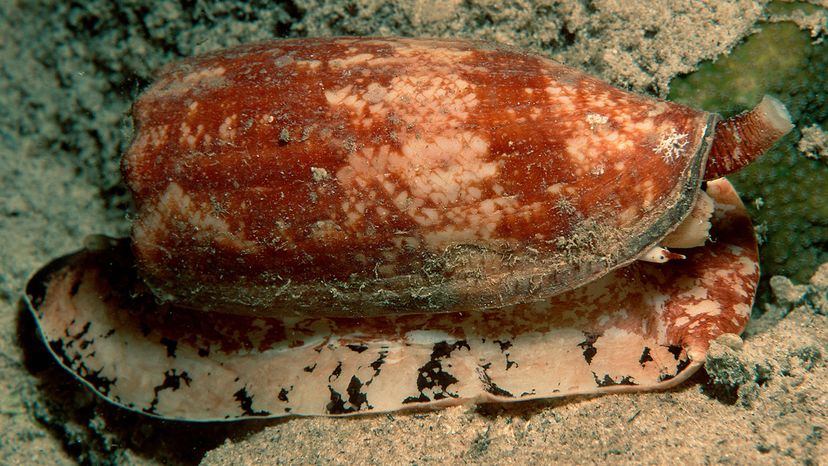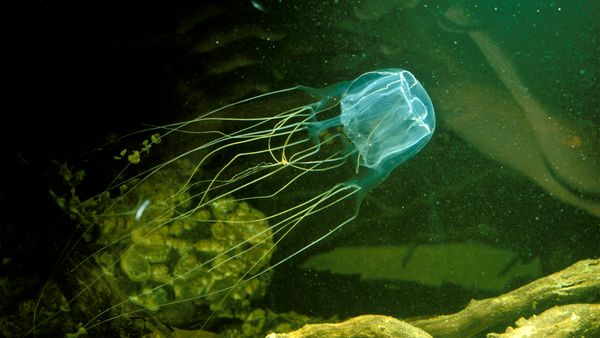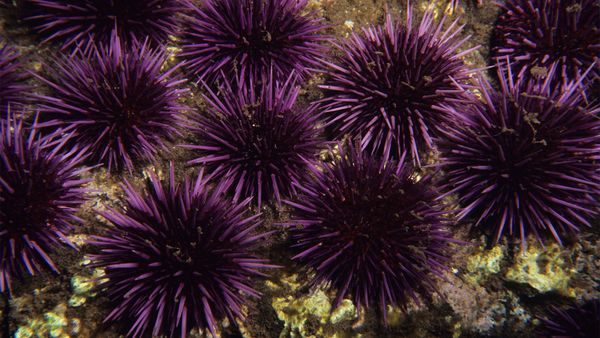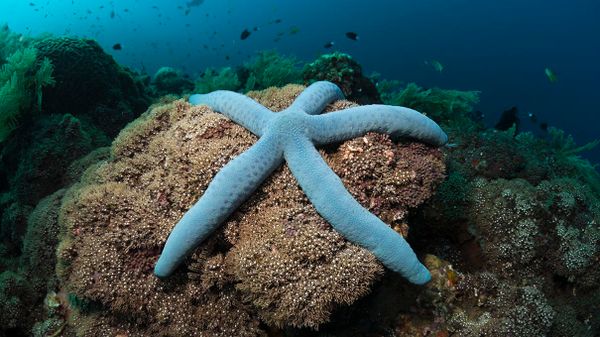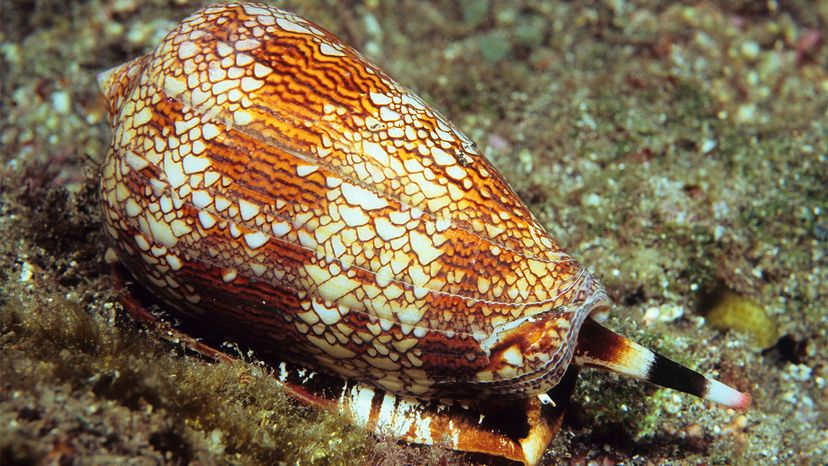
In the "Jurassic Park" sequel "The Lost World: Jurassic Park," the Lindstradt air gun is a weapon that shoots a dart containing "enhanced venom" from the cone snail (Conus purpurascens), which the movie purports to be the most powerful neurotoxin in the world. The gun is used to kill or paralyze dinosaurs, of course.
"In the movie, Conus purpurascens venom is described as the most powerful neurotoxin in the world that acts within 1/2000th of a second – faster than the velocity of nerve conduction," says Helena Safavi, a professor in the department of biomedical sciences at the University of Copenhagen, who studies cone snails and their venom. "None of this is true, but nevertheless very entertaining."
Advertisement
Cone snails are a group of around 1,000 species of venomous, predatory marine snails that live in shallow, tropical waters around the globe. Their cone-shaped shells are intricately patterned and brightly colored, prized by seashell collectors, and their venom is fascinating to biomedical researchers. Pretty high profile for a very slow, not particularly aggressive animal that spends its days toddling after worms, fish and other snails for dinner.
